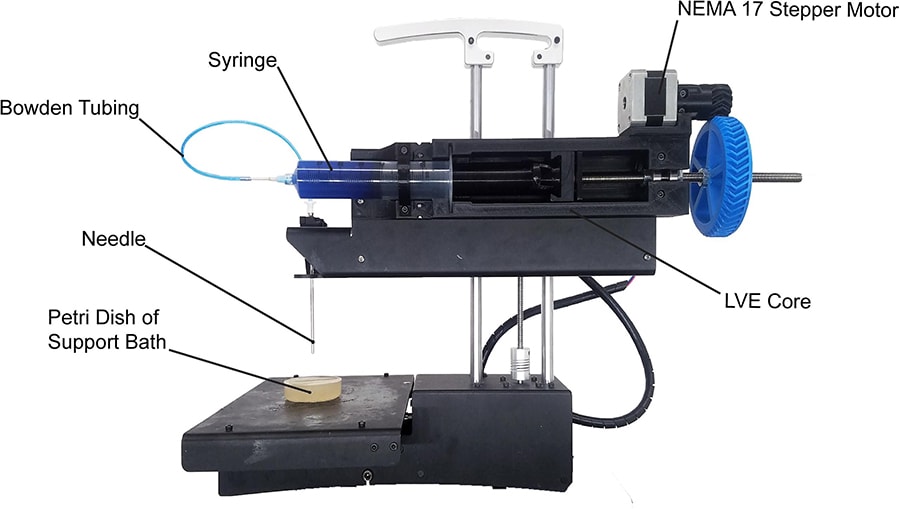By Warren Miller, contributing writer
It wasn’t so long ago that 3D printing was primarily used by modelers to create archetypal structures that they would later build using more traditional methods. These days, however, 3D-printed parts are in everything from robots to running shoes — even the next shuttle that NASA propels into space will have dozens of 3D-printed parts onboard. Will 3D printing become the future of production? Maybe, but there are a few hurdles to clear first.
Before we get into its limitations, let’s make note of 3D printing’s many benefits. In their earliest incarnations, 3D printers were bulky and difficult to transport, making them difficult to access outside of laboratory settings. The last handful of years have brought innovations in style and scope to 3D printers, allowing them to be utilized for both research and commercial purposes in a variety of fields. The technology has advanced to the point that 3D printers are capable of replicating parts of the human body like bone, muscle, and cartilage.
The prohibitive cost of 3D printers has also been an impediment to their more expansive use in the past, but that’s begun to change recently as well. Commercially available 3D bioprinters can cost anywhere from $10,000 to $20,000 at the low end of the spectrum, but researchers at Carnegie Mellon University recently created a syringe-based bioprinting mechanism that can be incorporated into almost any 3D printer for less than $500.

A 3D bioprinter. Image source: Carnegie Mellon University.
There are a few hills left to climb, however. As 3D-printed objects are frequently printed in layers, the places where the layers meet can be intrinsic weak spots in their structures. The best way to ensure the strongest possible configuration of a structure made of plastic, for instance, is still to pour the plastic into a mold and let it set. Still, researchers are making inroads toward shrinking this disparity by experimenting with different starting materials and methods of reinforcing 3D-printed objects. In a paper published in ACS Applied Materials and Interfaces, scientists reported using a polymer filament as a kind of exoskeleton to provide added strength to 3D-printed structures.
Further research into new materials and processing techniques is bound to generate significant improvements in 3D printing. Perhaps a combination of printing and simultaneous processing can provide benefits, such as printing and laser processing to allow materials to combine or transform under very high temperatures. Could microscopic catalysts be included in the printing process that are only turned on via laser light to provide additional adhesion or strength?
With the rate at which the technology has evolved in just the last few years, it’s not a stretch to think that we could see everything from automobiles to house plants being partially or completely produced by 3D printers in the near future. While there are still some hurdles to clear in the areas of strength and resistance as well as degrading factors like heat and impact, the science has already made significant progress. They’re building space shuttles with 3D-printed parts now. After all, if it’s good enough for NASA, it should be good enough for the rest of us.
Advertisement
Learn more about Electronic Products Magazine





